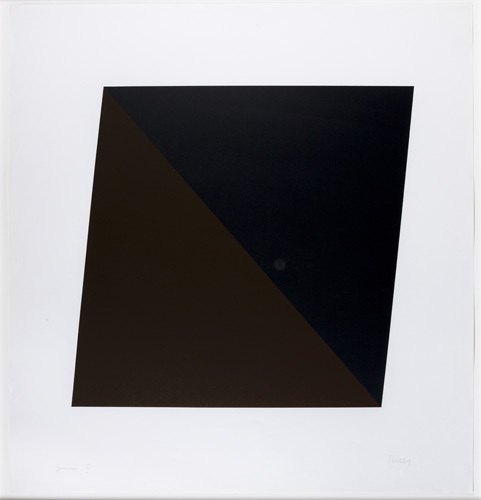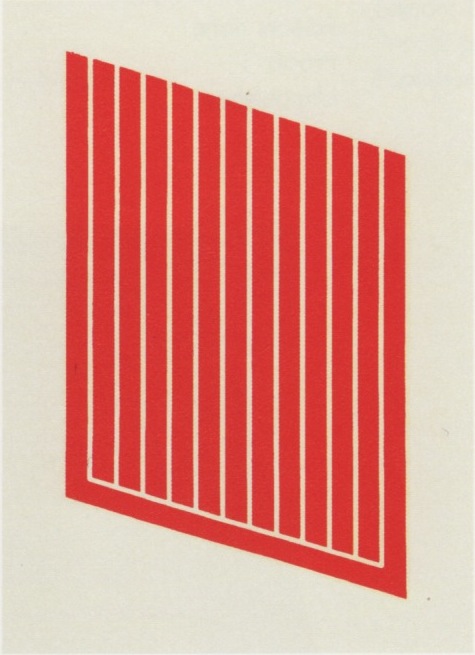Minimalism Art – What you see is what you see
The Minimalism art movement is one of the most influential of the 1960s, emerging in New York City in the 1960s among a number of young artists who were moving away from Abstract Expressionism and favoured a sleek, geometric aesthetic instead, which would manifest itself in minimalist art.
“What you see is what you see” – Frank Stella.
A turning point in the history of Modernism, Minimalism art introduced a new way of producing, looking at and experiencing artworks in the manner of a proper avant-garde. Not only can its roots be traced back to Marcel Duchamp’s ready-mades, its ideology can also be found in the revolutionary 1913 black square on a white ground by Kasimir Malevich, which turned our perception on painting upside down.

Earlier European abstract movements greatly influenced American minimalist art creators. In that period, works by the Dutch De Stijl artists, Russian Constructivists, and members of the German Bauhaus were being shown in New York. Each of these groups had pioneered radical abstraction, and inspired artists like Ellsworth Kelly, Donald Judd, Dan Flavin, Frank Stella and Robert Morris to explore new directions in their art.
These artists wanted to create art that referred only to itself, allowing the viewer an immediate, purely visual response. The personal, gestural elements were stripped away with the aim to reveal the objective, visual elements of art.
Breaking away from the excessively expressive Abstract Expressionism, Minimalism art stripped its artworks of any form of meaningful, symbolic, emotional and personal content and began exploring the essence and substance of things. Just like Action Painting relied on gesture to convey a feeling, Minimalist art used the medium and material of its works to highlight the simplicity through sleek, geometric works that offered a radically different, literal and objective aesthetic appeal.

The minimalist artists employed prefabricated industrial materials, as well as extremely simple, often repeated geometric forms and pure qualities of colour, form and space in order to allow the viewer an immediate, visual response. As such, a Minimalist artwork did not refer to anything other than itself, which is exactly what these artists wanted to portray in the first place. Their geometric abstraction did not describe anything, neither the external world nor the narrative of a story; the neutral monochromatic palette of primary colours was only there to delineate space, rather than express a feeling; the raw, mass-produced traditional materials did not symbolise or represent anything else but their own selves. As a result, Minimalism and its objects blurred the line between two and three dimensions, painting and sculpture.
Minimalism Art Prints
View minimalism art prints here.
